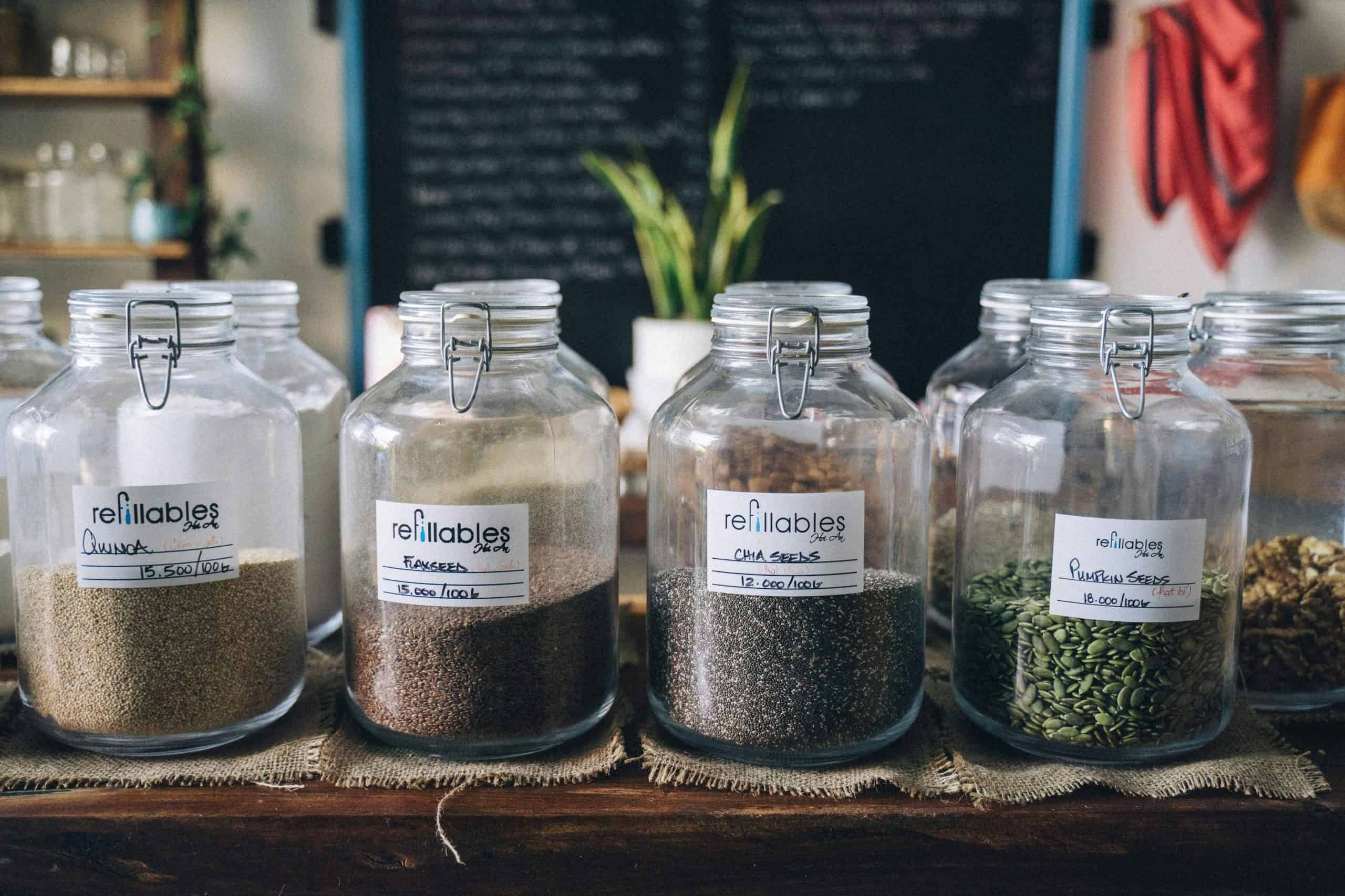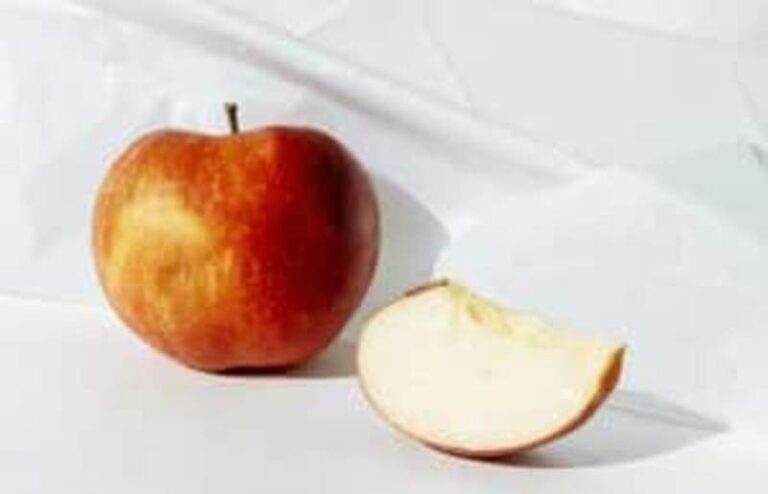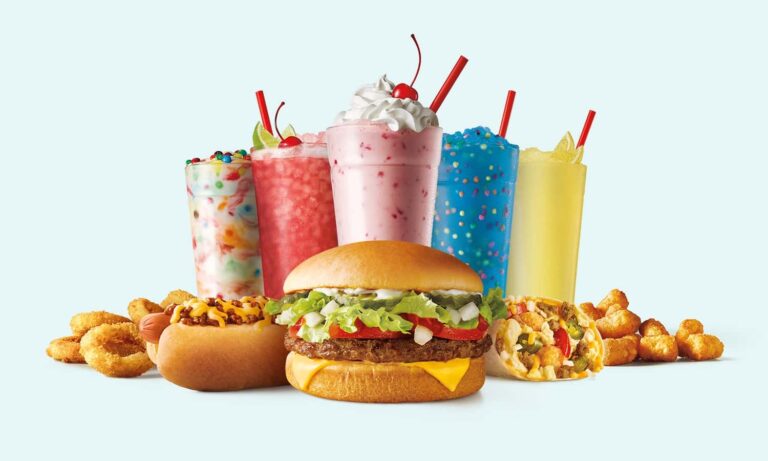Key Differences Between Chia Seeds and Flax Seeds, According to Nutritionists
Few contenders have captured the hearts of health enthusiasts and nutritionists like flax and chia seeds in the ever-evolving field of superfoods. Due to their impressive health benefits and high vitamin content, these little nutritional dynamos have seen a meteoric rise in popularity. They can naturally boost your diet, whether you add them to smoothies, sprinkle them on your morning porridge, or use them to replace eggs in vegan dishes. They might appear to be very similar at first because they both contain plant-based protein, omega-3 fatty acids, and fiber. However, their differences are just as important.
Main Differences Between Chia Seeds and Flax Seeds
You will be able to make better health decisions if you are aware of the key differences between both seeds, including their textures, capacity to absorb, antioxidant properties, and minerals. It is possible to improve your heart health, digestion, and bone strength by knowing what each seed brings to the table. So, let’s take a look at how these two amazing seeds differ nutritionally!
Taste
Both seeds have their distinct flavors and textures. The distinct nutty flavor of flax seeds (linseed) makes them an excellent addition to smoothies, cereal, and baked goods. However, because whole ones frequently pass through the digestive system without being digested, they must be ground up to reap their full nutritional benefits. Chia seeds, in contrast, have a much milder, almost neutral flavor, making them incredibly versatile. They become gel-like when soaked in liquid, making them ideal for thickening smoothies and puddings.
Texture
Additionally, their distinctive texture aids in maintaining a feeling of fullness, making them a favorite among programs for weight loss. Although they are both excellent sources of plant-based protein, the quality of the seeds differs. Because they contain all nine of the essential amino acids that our bodies are unable to produce on their own, they are regarded as a complete protein. As a result, vegetarians and vegans looking to satisfy their protein requirements will find them particularly useful. Despite their high protein content, linseeds lack a complete amino acid profile. However, when combined with other protein sources, they can still significantly boost your daily intake.
Nutrient Absorption
The way our bodies absorb nutrients is one of the main differences. Before eating, flax seeds must be ground to ensure that the fiber, omega-3 fatty acids, and other nutrients are properly absorbed. Whole ones have a tough outer shell that can make digestion difficult. On the other hand, the nutrients in chia seeds can be easily absorbed whether they are consumed whole or crushed. They are a wonderful choice for quick meals and snacks, especially if you’re short on time.
Antioxidant Content
Due to their high lignan content, flax seeds are frequently touted as the best source of antioxidants. These plant compounds have been linked to improved heart health, better hormone regulation, and a reduced risk of cancer. Although the other one contains some antioxidants as well, they are less potent and come in smaller quantities. So, if you’re looking to boost your antioxidant intake, linseeds are the way to go.
Bone Health
Chia seeds are excellent at supporting bone health. When compared to flax seeds, they boast significantly higher levels of calcium, phosphorus, and magnesium. Chia seeds provide approximately 14% of your daily calcium requirements in just one ounce, making them an excellent choice for those who avoid dairy or require additional bone support. Even though linseed contains some calcium, the amount is much lower than in chia seeds, which are better for keeping bones strong.
The Bottom Line
When it comes to nutrition, both seeds are true powerhouses, each bringing its unique benefits to the table. Omega-3 fatty acids and antioxidants found in flax seeds are beneficial for heart health and hormone regulation. On the other hand, chia seeds are packed with fiber, complete protein, and minerals that support bone health, making them a favorite for those focused on digestive wellness and plant-based diets. You don’t have to pick just one; many health experts say to get all the benefits, use both in your meals. Whether you mix them into smoothies, bake them into treats, or sprinkle them on salads, these tiny seeds can make a big difference in your overall health.







